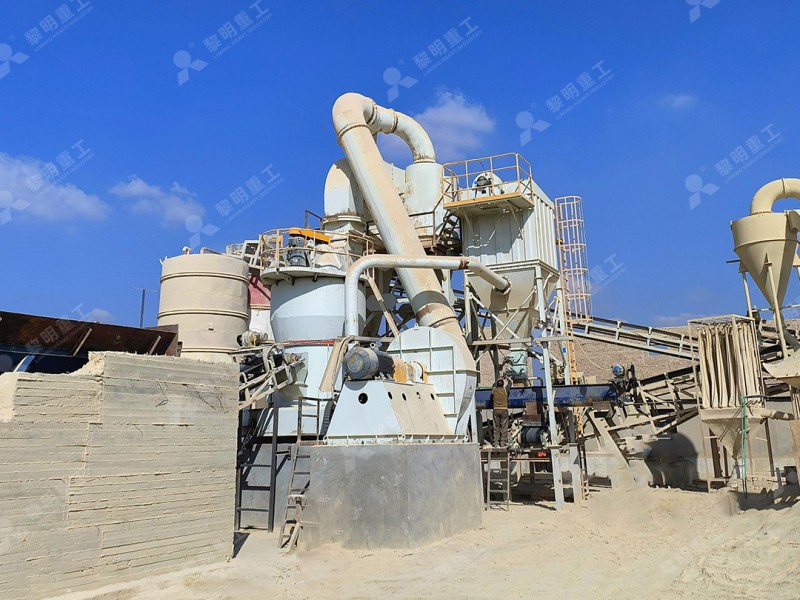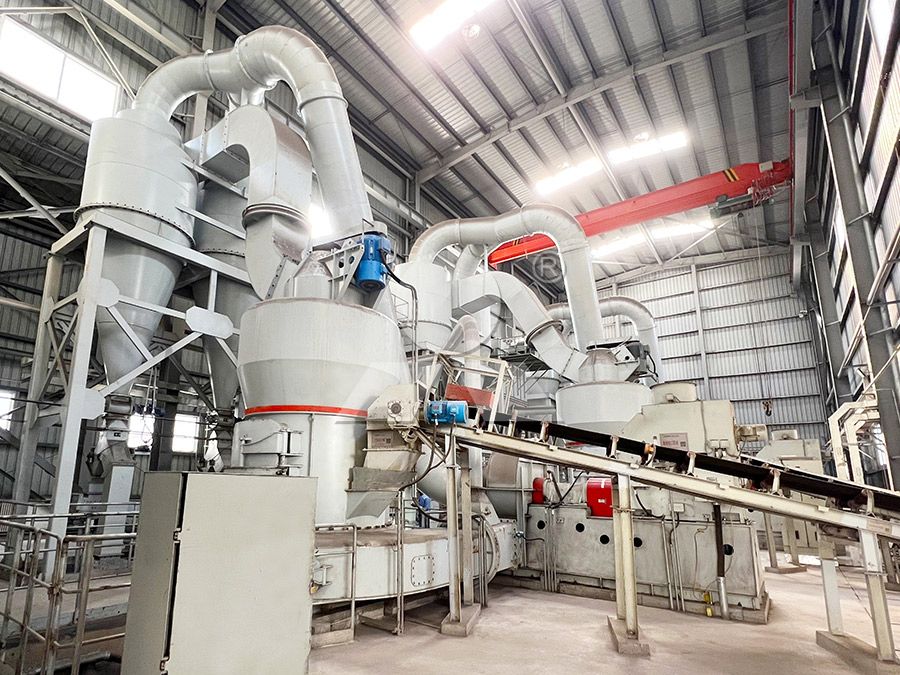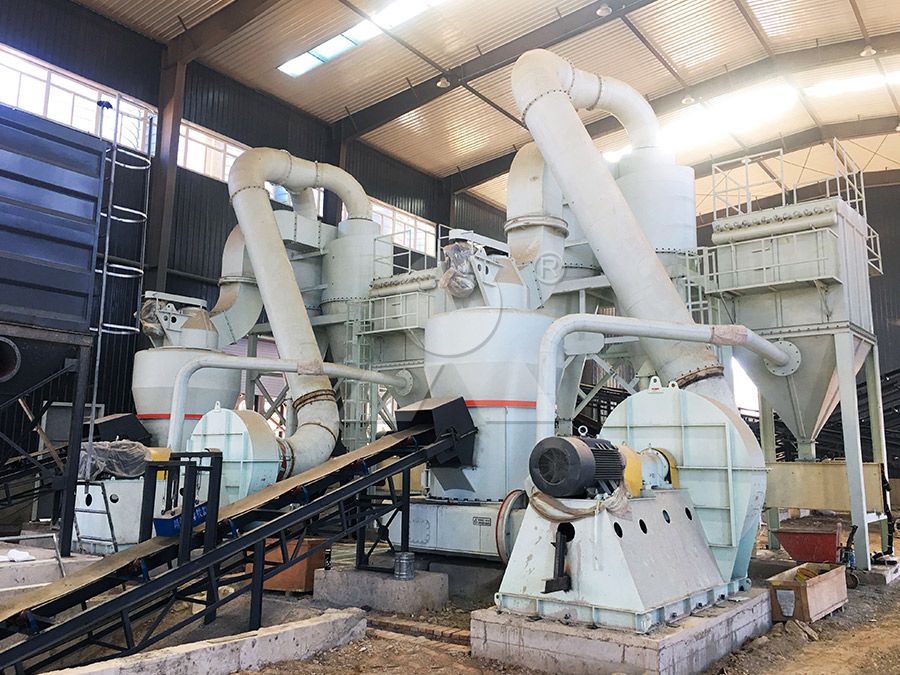Common Equipment Failures and Solutions in Gypsum Powder Production Lines
Common Equipment Failures and Solutions in Gypsum Powder Production Lines
Maintaining a smooth and efficient gypsum powder production line is crucial for profitability and product quality. However, like any complex industrial process, operators frequently encounter a range of mechanical and process-related issues. Understanding these common failures and their solutions is key to minimizing downtime and ensuring consistent output. Here’s a breakdown of the most frequent problems and how to adress them.
1. Excessive Vibration and Noise in Grinding Mills
One of the most common complaints from the grinding station is abnormal vibration and loud, irregular noise. This is often caused by an uneven wear of grinding rollers and rings, imbalanced feeding, or the presence of ungrindable foreign materials like tramp metal. Severe vibration can lead to catastrophic failure, including cracks in the foundation or housing.
Solution: Implement a strict preventative maintenance schedule. Regularly check and rotate grinding rollers to ensure even wear. Use metal detectors and powerful magnets above feeders to remove tramp iron. For new installations, consider mills designed with stability in mind. For instance, our LUM Ultrafine Vertical Grinding Mill incorporates double position-limiting technology—using both electronic and mechanical limits—to prevent the grinding roller from directly impacting the millstone, even under violent vibration from events like a mine explosion. This technology significantly enhances operational stability and protects the mill’s core components.

2. Low Product Fineness and Inconsistent Quality
Producing gypsum powder with a consistent and desired fineness (e.g., 325-2500 mesh) is paramount. Fluctuations can stem from a worn-out classifier, unstable grinding pressure, or variations in the feed rate and moisture content of the raw gypsum.
Solution: The heart of the solution lies in advanced powder separation technology. Opt for mills with intelligent, multi-head cage-type powder selectors. A great example is our MW Ultrafine Grinding Mill. Its cage-type powder selector, which adopts German technologies, allows for precise adjustment of fineness between 325 and 2500 meshes. The PLC control system enables operators to accurately control grinding pressure and rotor speed, ensuring a high and consistent sieving rate of d97≤5μm in a single pass, directly addressing fineness inconsistencies.
3. High Energy Consumption
Grinding is an energy-intensive process. Spiking power bills often point to inefficiencies such as poor grinding curve design, inadequate drying of raw material, or excessive system air resistance.
Solution: Upgrade to energy-optimized grinding equipment. Look for features like innovative grinding curves that enhance efficiency, cambered air ducts that reduce air resistance, and systems that integrate drying and grinding. Modern vertical mills and trapezium mills are engineered to consume 30%-50% less energy compared to traditional ball mills or Raymond mills by optimizing these very factors.

4. Rapid Wear of Vulnerable Parts
Grinding rollers, rings, and liners are consumable items, but their lifespan can vary dramatically. Abnormally fast wear is typically caused by abrasive impurities in the gypsum or misalignment in the grinding chamber.
Solution: Source high-quality, wear-resistant alloy parts from your original equipment manufacturer (OEM). Furthermore, choose a mill design that facilitates easy maintenance. The LUM Ultrafine Vertical Grinding Mill features a reversible structure. This allows the heavy grinding roller to be easily swung out of the mill body for inspection, lining plate replacement, or other maintenance, drastically reducing downtime and labor costs during part changes.
5. Dust Pollution and Environmental Concerns
Dust leakage not only creates a hazardous working environment but also violates environmental regulations. leaks commonly occur at connection points, feeder inlets, or due to an under-performing dust collection system.
Solution: Ensure the entire milling system is tightly sealed and operates under negative pressure. The most critical component is a high-efficiency pulse dust collector. Equipment like our MW Ultrafine Grinding Mill comes equipped with an efficient pulse dust collector and muffler as standard, effectively containing dust and reducing noise throughout the production process, making the operation fully compliant with national environmental protection standards.

Conclusion: Proactive Maintenance is Key
While equipment failures are inevitable, their frequency and impact can be greatly minimized. Adopting a proactive maintenance culture, investing in high-quality, modern machinery designed with reliability in mind, and using genuine OEM spare parts are the best strategies for ensuring the longevity and profitability of your gypsum powder production line. Choosing the right grinding mill, such as the energy-efficient and precise MW Ultrafine Grinding Mill or the stable and easily maintainable LUM Ultrafine Vertical Grinding Mill, can directly mitigate many of these common issues from the outset.
